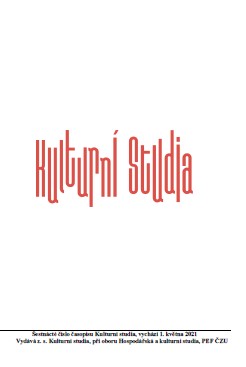Vielgestaltigkeit von Uniformität: Zur Bedeutung von Kleidung in totalen Institutionen
The multiformity of uniformity: On the significance of clothing in the total institution
Author(s): Daniel OelbauerSubject(s): Organizational Psychology, Management and complex organizations, Penology, Welfare services
Published by: Kulturní studia
Keywords: total institutions; outside closure; inmate surveillance; daily routine; role loss; symbolic clothing;
Summary/Abstract: The essential features of total institutions include complete closure to the outside world and almost total surveillance of inmates within. All activities are concentrated in one place and under one authority. Inmates are condemned to a meticulously planned daily routine and their activities are carried out in pursuit of the institution's goal. Finally, the model distinguishes between staff and inmates. The former are responsible for supervising the latter. According to Goffman, five different types of institutions can be distinguished. In addition to welfare institutions and institutions for the rational performance of certain work-like tasks (barracks, ship, boarding school), he calls prisons, asylums and monasteries total institutions. They serve to protect or rehabilitate the community, are havens from the world or places of contemplation, and provide healing or care for people who are unable to care for themselves and pose an unintended threat to others. Entry into the total institution involves a permanent loss of role through separation from the rest of the world. In addition, the newcomer must undergo a series of procedures that are seen as a profound break from the previous life. These include undressing and dressing in (institutional) clothing, which is imbued with symbolic meaning. This is the point of departure for this article, which seeks to answer the following research question: How does the clothing of monastic inmates, prison inmates and psychiatric patients differ both in terms of design and in terms of their supportive functions in the context of achieving the institutional goal?
Journal: Kulturní studia
- Issue Year: 21/2023
- Issue No: 2
- Page Range: 62-89
- Page Count: 28
- Language: German

